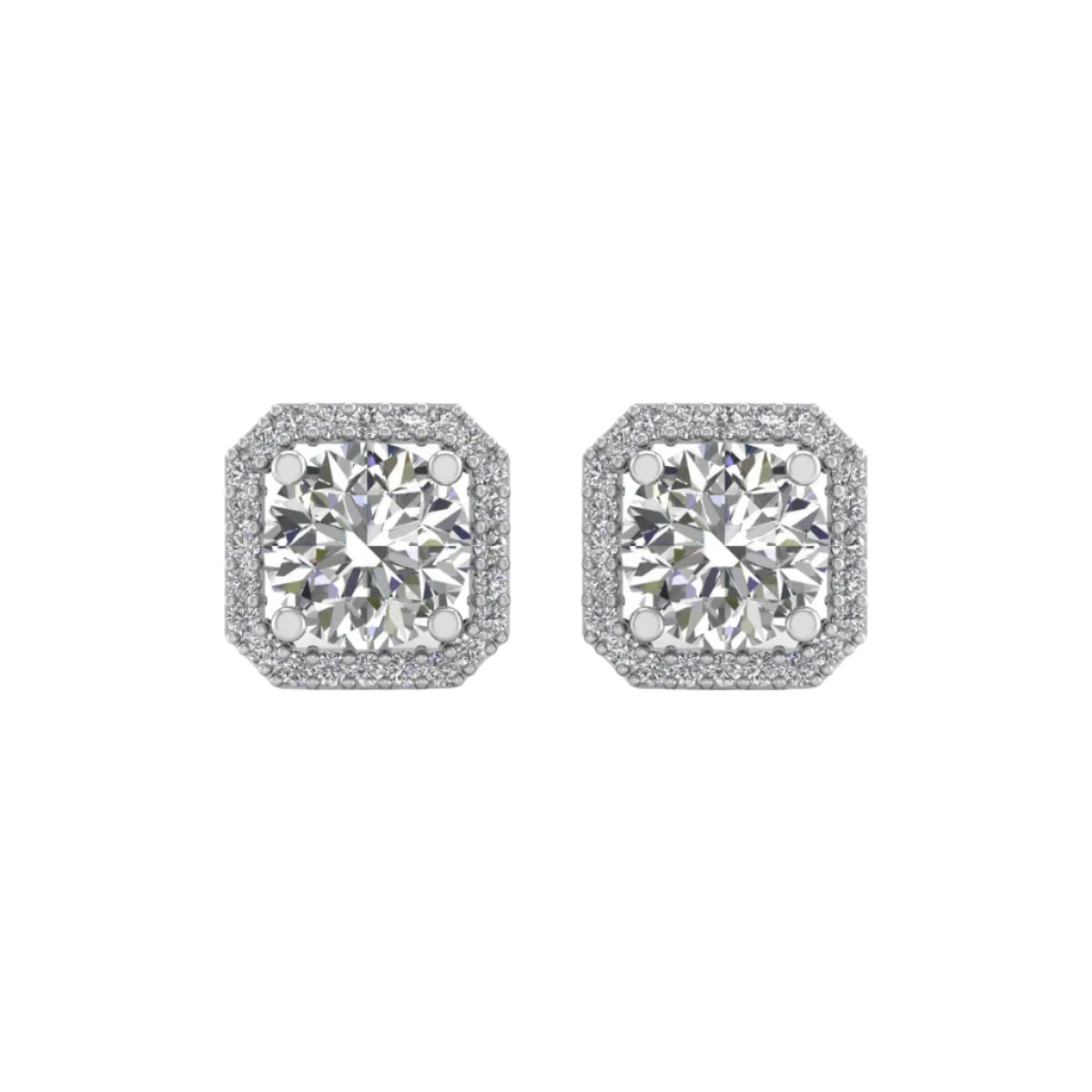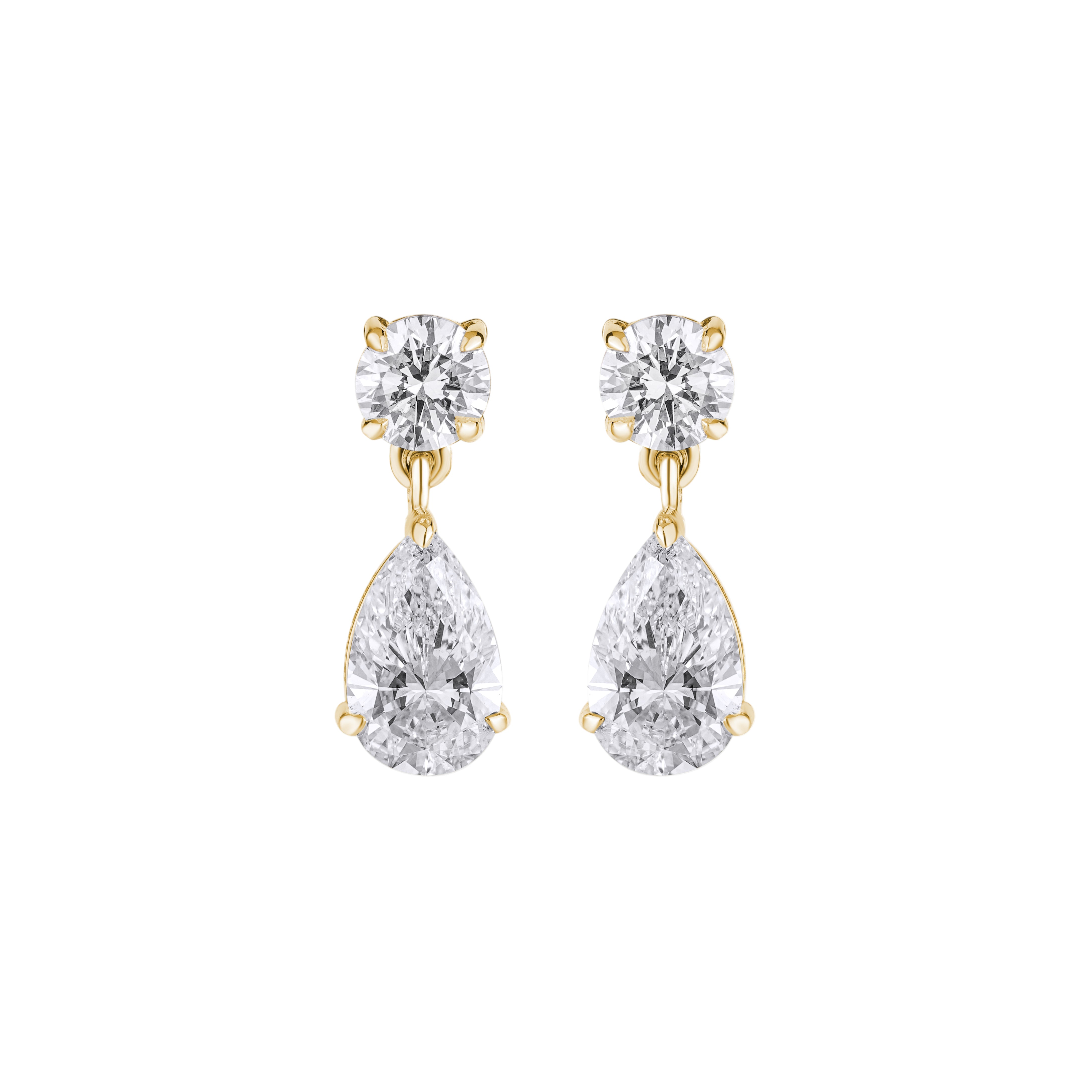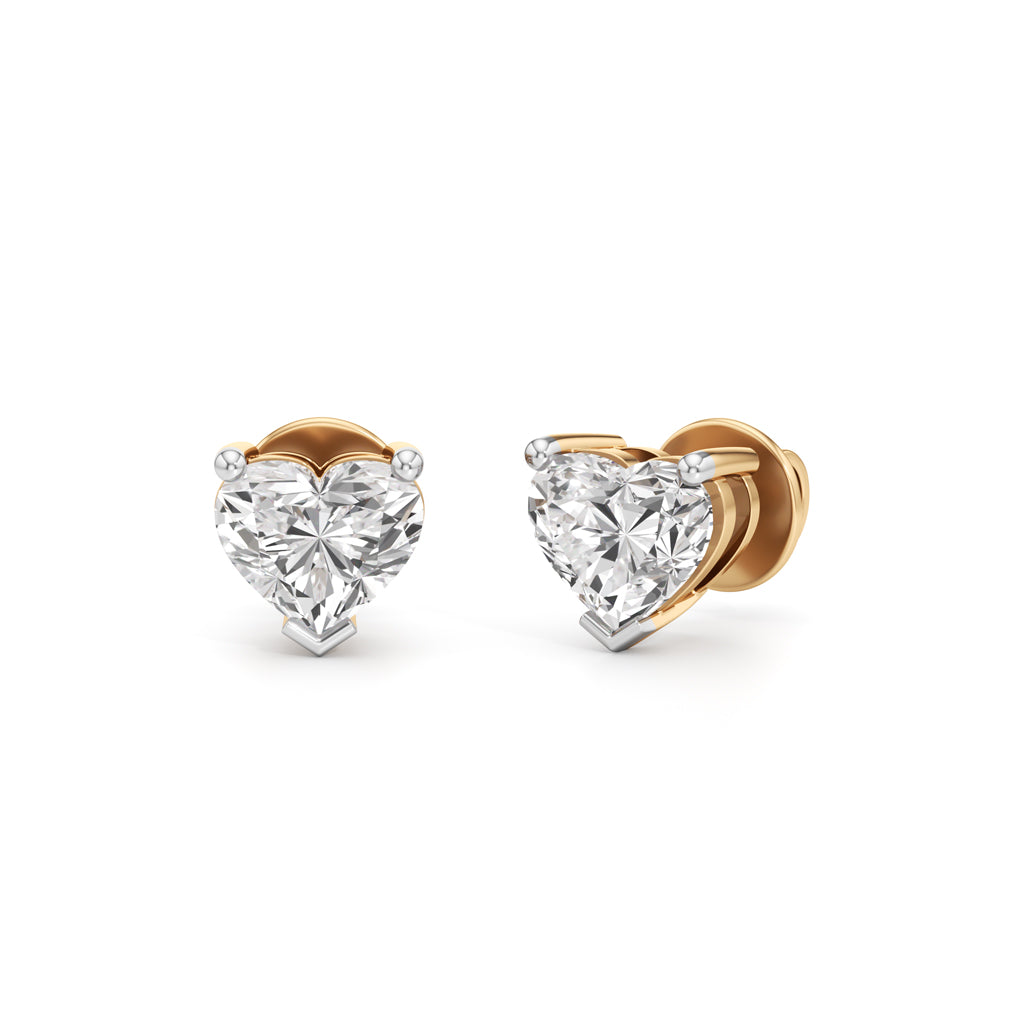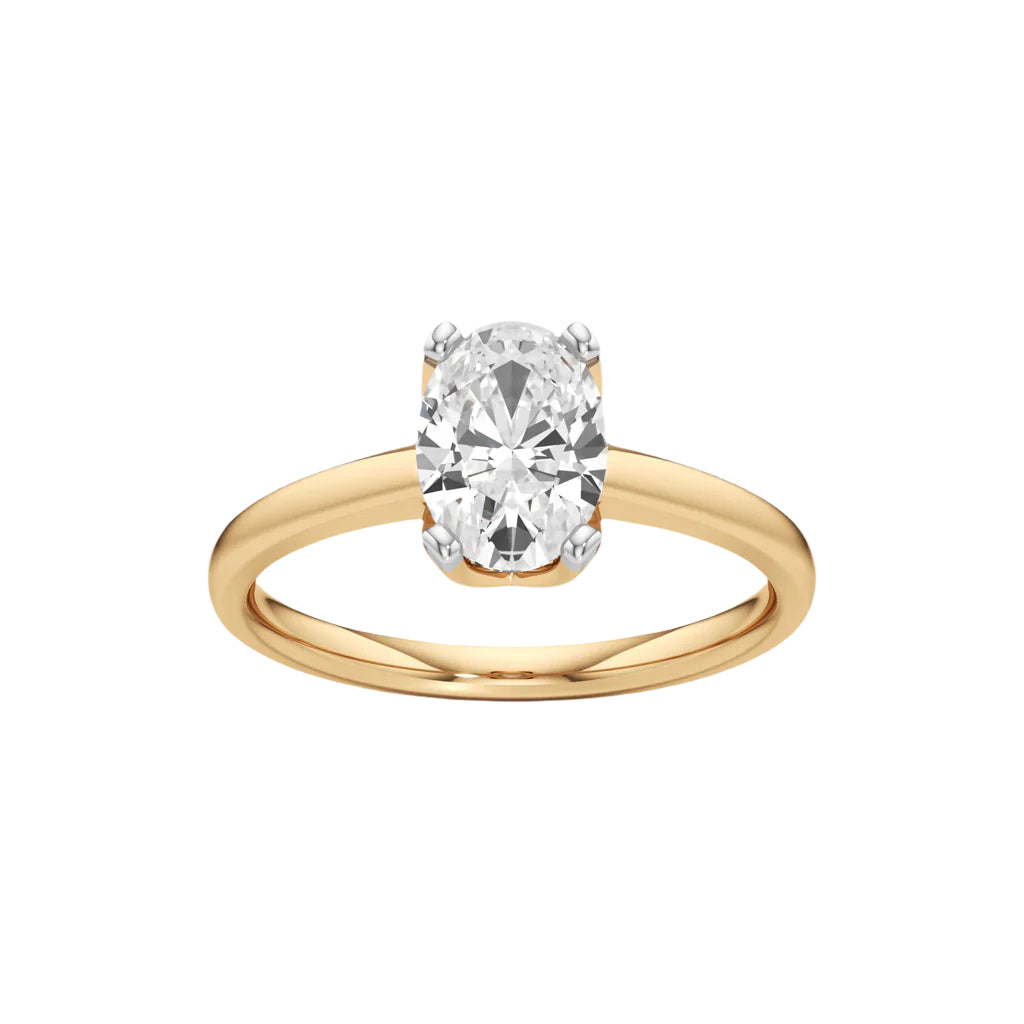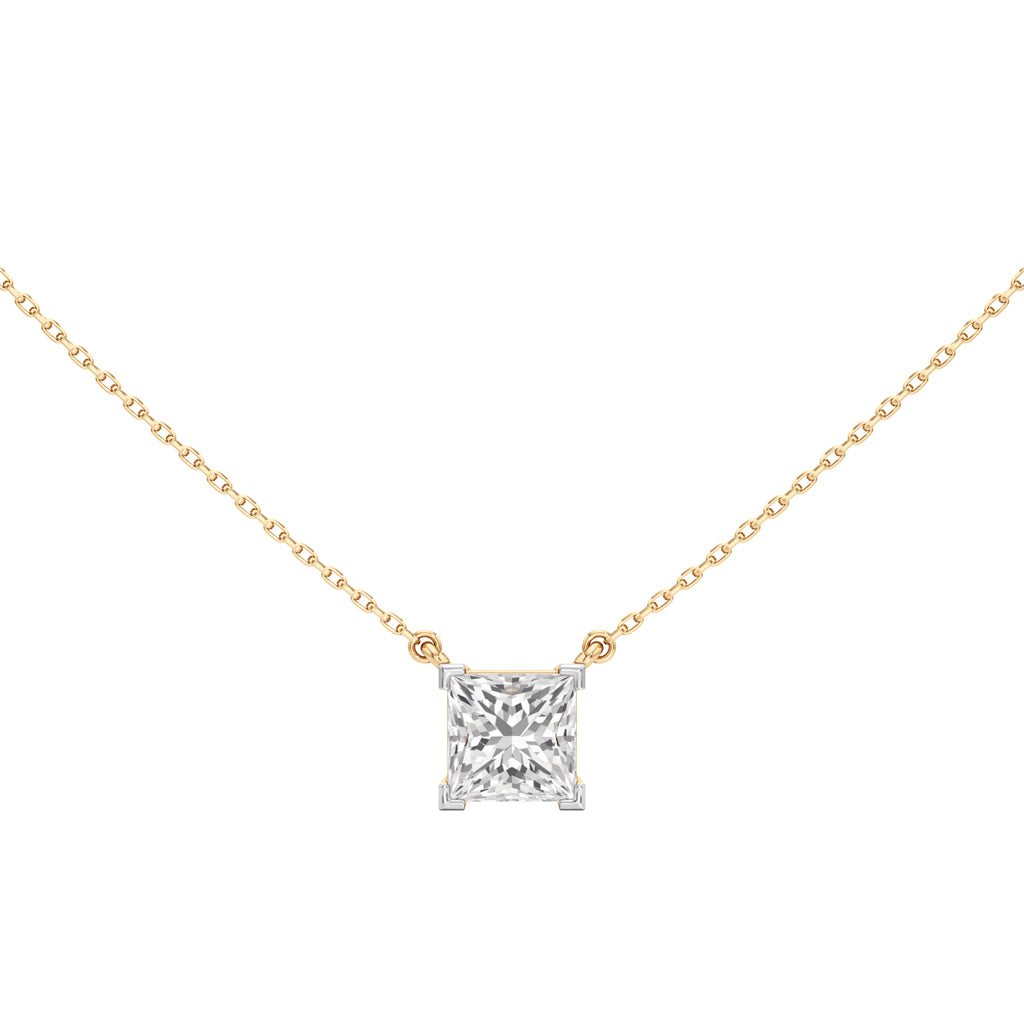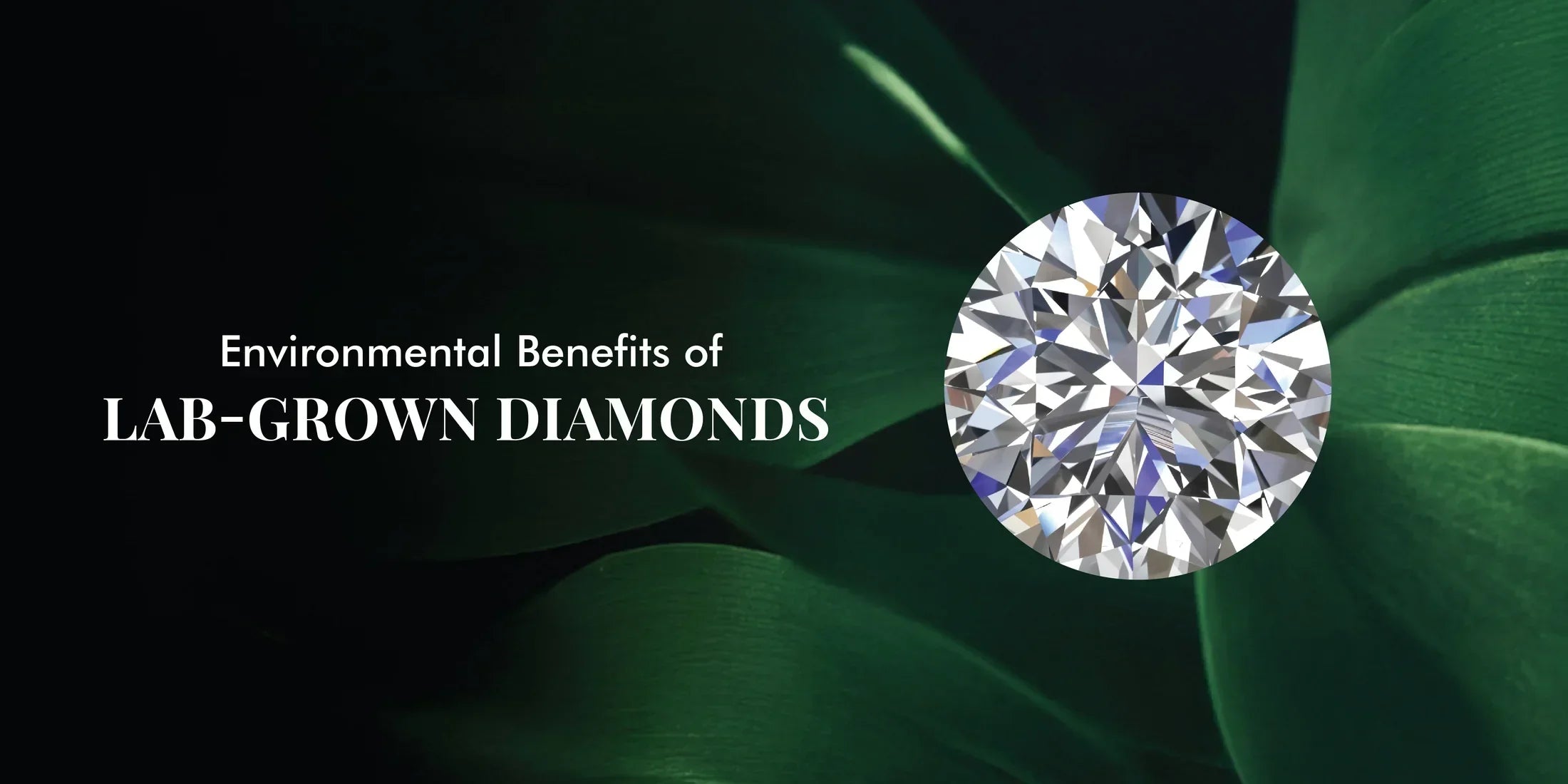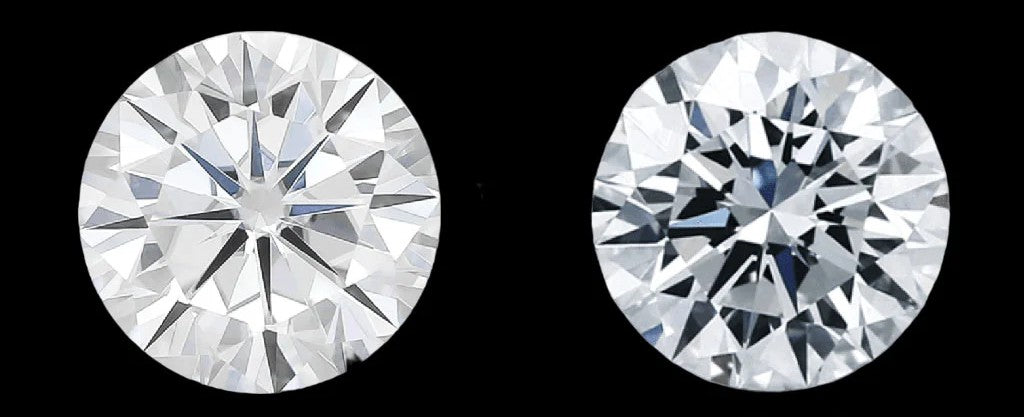
How can you tell if your lab grown diamond is real or fake?
What Are Lab-Grown Diamonds?
Lab-grown diamonds are real diamonds created in controlled laboratory environments instead of being mined from the earth. Scientists use advanced technology to replicate the natural diamond formation process, producing gems that are chemically, physically, and optically identical to mined diamonds.
These diamonds offer an environmentally friendly and conflict-free alternative to mined diamonds. However, their growing popularity has led to an increase in fake lab-grown diamonds in the market.
Understanding Imitation Diamonds
An imitation diamond is not a diamond at all. It is a look-alike stone designed to resemble a diamond. Common imitations include:
- Cubic Zirconia: A synthetic material that resembles a diamond but lacks its hardness and brilliance
- Moissanite: Another diamond alternative with different optical properties
While these stones may look similar to diamonds to untrained eyes, they lack the unique properties of real diamonds and are significantly less valuable.

Common Diamond Scams to Watch For
Buyers should be aware of these frequent scams:
- Selling imitations as lab-grown diamonds: When cubic zirconia or moissanite is falsely marketed as lab-grown diamonds
- Misrepresenting low-quality diamonds: When poor-quality lab diamonds with significant flaws are sold as premium quality
- Providing misleading certificates: When fake or vague documentation is given to "verify" a diamond's authenticity
- Partial disclosure tricks: When sellers admit a stone is "synthetic" but still imply it's a real diamond when it's actually an imitation
- Misleading trade names: Using fancy terms like "simulated diamond" or "diamond alternative" without clearly stating it's not a real diamond
Key Differences between Real Lab-Grown Diamonds from Imitations
Composition and Hardness:
- Real diamonds (both mined and lab-grown) are made of pure carbon
- Diamonds rank 10 on the Mohs hardness scale, while imitations like cubic zirconia are softer (8.5-9)
Light Reflection:
- Authentic diamonds reflect light with a unique sparkle
- Imitations typically lack this distinctive brilliance
Heat Conductivity:
- Diamonds conduct heat excellently
- Imitations don't conduct heat as well
Clarity and Inclusions:
- Lab-grown diamonds may have minimal natural inclusions
- Imitations often appear too perfect
Double Refraction Test:
- Real diamonds have single refraction properties
- Moissanite shows double refraction when examined with proper tools
How to Identify Authentic Lab-Grown Diamonds
1. Ask for Proper Certification
Always request a certificate from a reputable gemological institute like GIA (Gemological Institute of America) or IGI (International Gemological Institute).
2. Examine Under Magnification
Use a jeweller's loupe to look for natural inclusions. Overly flawless stones could be imitations.
3. Use Professional Diamond Testing
Reputable jewellers use special tools to test:
- Diamond scanning technology
- Thermal conductivity
- Light refraction
- UV light reaction
4. Try the Fog Test
Breathe on the diamond - real diamonds disperse heat quickly, so fog disappears almost instantly. Imitations retain fog longer.
5. Water Drop Test
Place a small drop of water on the diamond. Due to diamond's hydrophobic nature, water will form a bead and maintain its surface tension. On imitations, water often spreads out more.
6. Ask Timaan!
Book an appointment with Timaan and our representatives will visit you at home to verify the authenticity of your jewellery at 0 cost!
Warning Signs of Diamond Scams
Be cautious if you notice:
- Prices that seem too good to be true. Both real and lab grown diamonds have a history of artificial scarcity and inflated pricing. Stay away from dirt-cheap alternatives without certifications.
- Sellers who don't provide certification
- Pressure to buy quickly
- Claims that a diamond is "perfect" or "flawless" without documentation
- Reluctance to allow independent verification
Why Buy from Reputable Sellers
Trusted jewellers offer:
- Authenticity guarantees with proper certification
- Clear explanation of their products
- Fair return and exchange policies
- Post-purchase services and maintenance
Protecting Yourself When Buying
- Do Your Research: Learn about diamond properties before shopping
- Buy from Established Jewellers: Look for stores with good reviews
- Ask Questions: Inquire about origin, quality, and certification
- Get Expert Opinion: Consult a gemologist if unsure
- Use Secure Payment Methods: Avoid cash payments for better protection
- Document Everything: Keep all receipts, certificates, and communications
Conclusion
Understanding the differences between real lab-grown diamonds and imitations helps you make confident purchases. By staying informed and vigilant, you can enjoy the beauty of authentic lab-grown diamonds without falling victim to scams. Remember that a genuine lab-grown diamond offers the same beauty and durability as a mined diamond—just with a different origin story and often a more attractive price.
